What Really Works for Acne Scars? A Guide to Effective Acne Scar Treatments
Learn which acne scar treatments really work for superficial and deep scars. Explore safe, effective options and find out when it’s time to consult a dermatologist.
Dr Priya Gill
8/16/20254 min read
What Really Works for Acne Scars?
For many people, the battle with acne doesn’t end when the breakouts disappear. Acne scars can linger for long after the pimples heal, leaving behind uneven texture, dark marks and a constant reminder of past skin problems. Thankfully, there are several evidence-based acne scar treatments available today — but the key is knowing which one is right for your scar type.
This guide explains the different kinds of acne scars, how they respond to treatment, and which acne scar treatments are backed by science.
Understanding the Different Types of Acne Scars
Not all scars are created equal. Before starting any acne scar treatments, it’s important to identify what type of scarring you’re dealing with:
1. Superficial Scars
These include post-inflammatory hyperpigmentation (flat dark marks) and mild textural changes. They sit on the surface of the skin and often respond well to topical therapies.
2. Deep Atrophic Scars
These are caused by a loss of collagen during healing and appear as depressions in the skin. There are three main types:
Ice pick scars: small but deep holes in the skin
Boxcar scars: broad depressions with sharp edges
Rolling scars: shallow depressions that make the skin look uneven
Because these are structural changes, they usually require in-clinic acne scar treatments that stimulate collagen and remodel the skin.
Treatment Options for Superficial Acne Scars
Superficial scars are easier to treat and often improve with non-invasive methods.
✔ Topical Brightening Agents
Skincare products containing vitamin C, niacinamide, or arbutin can help brighten dark spots and even out skin tone over time. When used consistently, these ingredients reduce pigmentation and support healthy skin regeneration.
✔ Gentle Chemical Peels
Superficial chemical peels (such as glycolic or lactic acid) remove the outer layer of dead skin and help fade pigmentation. A series of mild peels carried out by a dermatologist can visibly improve superficial acne marks.
✔ Daily Sunscreen Use
Sun exposure can darken acne marks and delay results from other acne scar treatments. Applying broad-spectrum SPF every day is one of the simplest but most effective ways to prevent pigmentation from becoming darker.
Treatment Options for Deep Acne Scars
For deeper, indented scars, topical creams are usually not enough on their own. The following in-clinic procedures offer more effective results:
🔸 Microneedling
Microneedling uses ultra-fine needles to create controlled micro-injuries that stimulate the skin’s natural collagen production. It is especially effective for rolling scars and overall improvement of skin texture.
🔸 Chemical Peels (Medium-Depth)
Stronger peels such as TCA (trichloroacetic acid) can reach deeper layers of the skin, improving texture irregularities and mild atrophic scars. These should only be done by trained professionals.
🔸 Laser Treatments
Modern laser technology is one of the most effective acne scar treatments for deep atrophic scars:
Fractional CO₂ Laser: Ice pick & boxcar scars
PICO Laser (e.g. Fotona StarWalker): Deep pigmentation + overall texture
Laser treatments work by precisely removing damaged skin and stimulating new collagen. Depending on the severity, several sessions may be needed for optimal results.
🔸 Combination Therapy
In many cases, the best results come from combining two or more acne scar treatments. For example:
Microneedling + chemical peel
Laser + subcision (to release tethered scars)
Laser + topical brighteners (for PIH and textured scars)
Personalised treatment plans designed by a dermatologist help address different scar types in the same patient.
Practical Advice for Patients
Don’t rely on one product. No single cream or treatment fixes all types of acne scars.
Avoid aggressive DIY remedies (e.g. lemon juice, scrubs). They can worsen pigmentation and damage your skin barrier.
Be realistic. Deep scars improve significantly with the right acne scar treatments, but may not disappear entirely.
Stay consistent. Whether using topical treatments or attending in-clinic sessions, consistency is key to long-term improvement.
Important Considerations Before Starting Any Acne Scar Treatments
Professional supervision: Reduces risk of irritation and complications
Multiple sessions: Most acne scar treatments require a series of procedures
Sun protection: Essential to protect new skin and avoid pigment rebound
Patience: Skin remodelling takes time — visible improvement is gradual
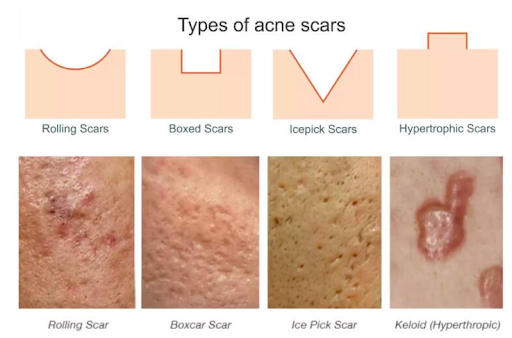


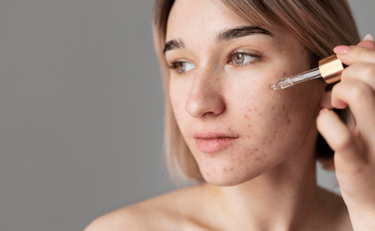
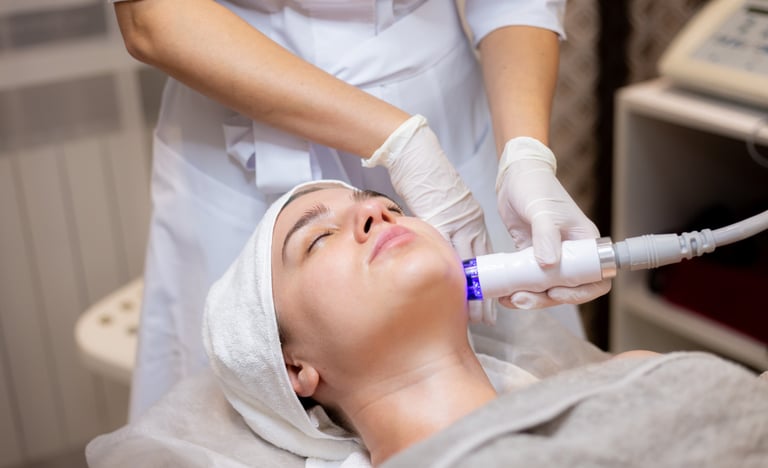

Final Thoughts
Acne scars can be frustrating, but they don’t have to be permanent. The most important step is choosing the right acne scar treatments based on the type of scar. Superficial marks often improve with brightening creams, chemical peels and sunscreen, whereas deeper indented scars respond better to microneedling, lasers and combination therapies.
Ultimately, a personalised treatment plan created by an experienced dermatologist gives you the best chance of smooth, even skin again.
Ready to Take Control of Your Acne?
Don’t let misinformation guide your skincare. Consult the experts at Ranjit Skin & Hair Specialist Clinic and get a personalised acne treatment plan that works.
Book your consultation today. Your skin deserves the truth—and expert care.
Whatsapp at +60 12-279 4980 to make an appointment!
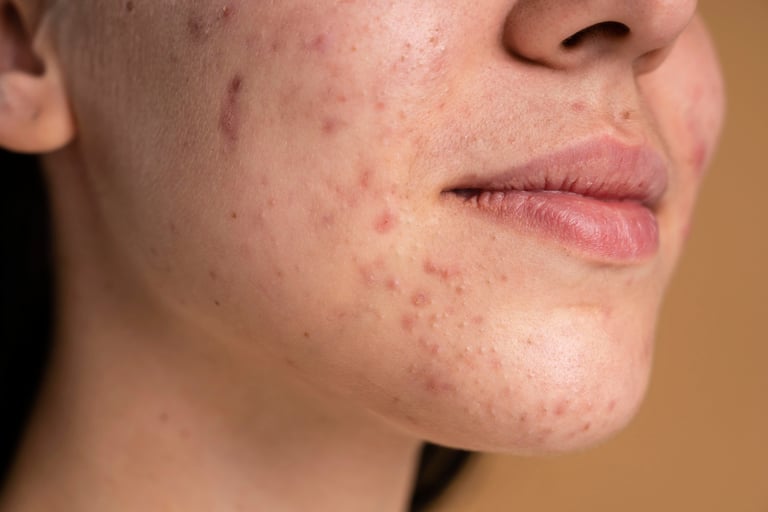

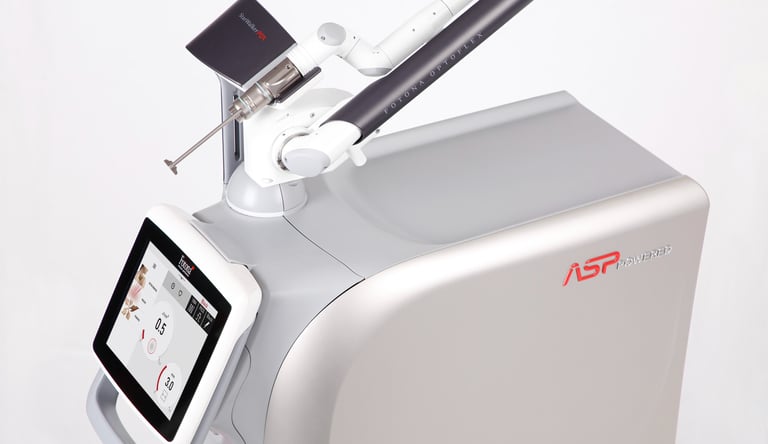

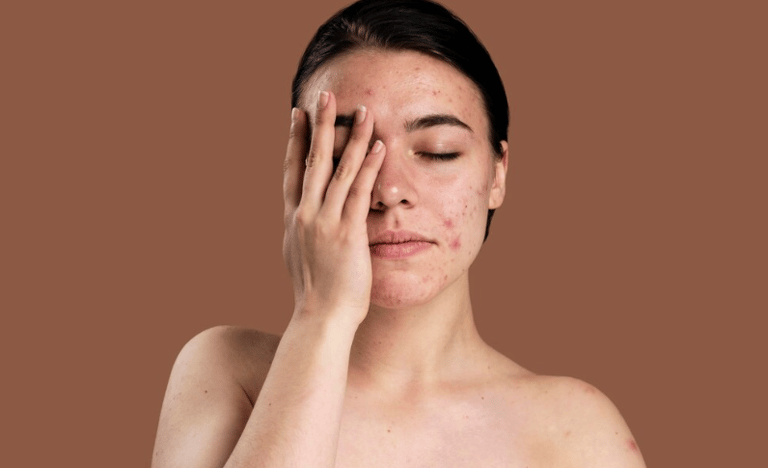

Expert dermatology and hair care solutions await.
Address
C4, Jalan SS15/4D, Subang Jaya, 47500 Petaling Jaya, Selangor
© 2025. All rights reserved.


Contacts
Clinic: +60356316090
Whatsapp: +60122794980
Email: klinikranjit16@gmail.com
